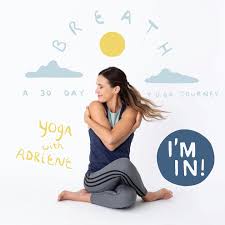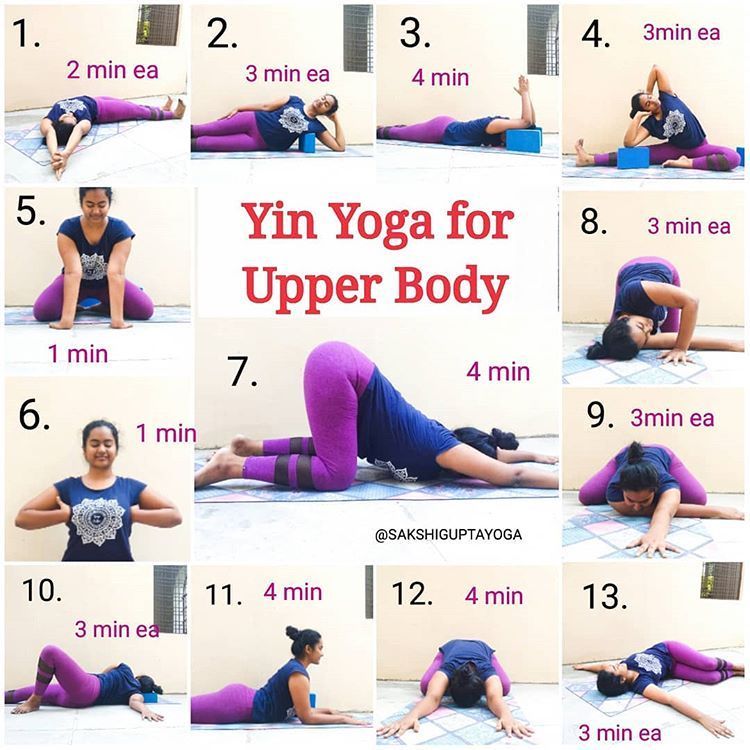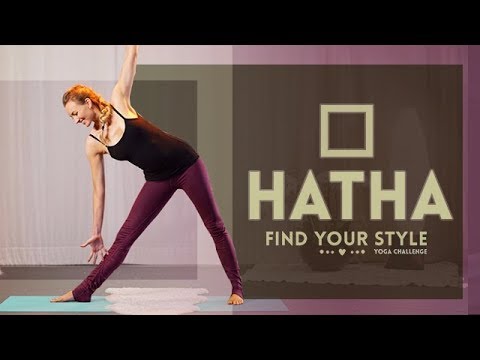
There are two types: vinyasa and Ashtanga yoga. Both are very similar in their structure and practices, but they have some differences. Traditional Ashtanga schools don’t practice on the full moon and new moon. They also don’t use specific mantras in their classes. Vinyasa classes have a soundtrack that helps students focus. This is not Ashtanga practice.
Yin yoga
There is a significant difference between Ashtanga and Yin Yoga. The former requires more intense movement, while the latter involves more meditation. Both have the same benefits, but each offers a slightly different perspective. Ashtanga aims to strengthen and tone the muscles, while Yin aims to relax the body and mind.
Vinyasa is another type of yoga. Named after the Sanskrit term for flow, it refers to fluidity and movement in the poses. Music is a common feature in vinyasa classes to keep it light and fun. These classes are similar in intensity to Ashtanga, but differ in style and intensity.
Restorative Yoga
Restorative yoga is a gentle style of yoga that allows the body to rest and unload. It is designed to help students unwind, relax, and reconnect with themselves. Breathing deeply is the key to relieving tension and pain. It is especially useful for those suffering from neck or back pain, as well as those who want preventive measures to injury.

Restorative yoga uses props that support the spine. Most poses can be done seated. They are meant to be passive and only held for a few short minutes. Restorative yoga is ideal for those who need to unwind after a hard yoga practice, are recovering from injury, or are under significant stress.
Ashtanga
There are many different styles of Ashtanga Yoga from Vinyasa Yoga. First, Ashtanga has a prescribed sequence. This is the order in which it is typically performed. Vinyasa requires that students take varying postures according to the teacher. Each student can create a vinyasa which is a specific sequence. This sequence can also be memorized to encourage nirodhah (the state of spirituality) development.
Vinyasa yoga, which is more modern and has a longer lineage in India than Ashtanga yoga, has been more popular in the west. Vinyasa, a modern form of yoga that is both popular with serious practitioners and casual students, is more accessible. The style you choose can make yoga a great fit, depending on what your goals are.
Vinyasa
Ashtanga and Vinyasa yoga are both different types of yoga practice. Ashtanga teaches the asanas in a specific sequence. Vinyasa is a more fluid style of yoga. Although Ashtanga is more rigorous, Vinyasa can be practiced more leisurely and is often considered more accessible for beginners.
Vinyasa yoga originated as a branch of Ashtanga yoga. It developed gradually from the slow Vinyasa flow towards power yoga. Vinyasa yoga classes usually have many Ashtanga postures, but the order is sometimes changed to increase intensity. Vinyasa yoga classes also use the Ujjayi breathing method, which requires that the practitioner of Vinyasa practice poses while focusing on their breath. Vinyasa classes can have multiple levels, as well as quick transitions from one pose to another.

Yin yoga vs ashtanga
Ashtanga, a dynamic style of yoga, is a Yin Yoga, which cultivates slow, meditative energies. Yin Yoga focuses more on seated postures and connective tissue and promotes patience and calmness. Both styles have their benefits. If you're wondering which yoga style is better for you, here are some things to keep in mind.
Yin yoga emphasizes holding poses for several minutes. It may be uncomfortable initially, but the body's connective tissue will become more flexible over time. The body can prepare itself for more strenuous poses by holding long, half-pigeons.
FAQ
What are the advantages of yoga for beginners
Yoga can help you improve your posture, flexibility and strength as well as your breathing control, relaxation, mental clarity, and overall posture. You will also be more aware and connected to the world around you, your fellow humans, and yourself.
Yoga can help you live life fully. You can learn to listen and respect your body and mind. Accept yourself for who you are. It is possible to let go tension and stress.
You learn to relax and enjoy life.
Do I need to get warm before doing yoga?
No. It's not necessary to warm-up before doing a yoga session.
However, stretching your muscles before going to exercise can help to relax stiff or sore muscles.
Is yoga helpful for people with chronic diseases?
Yoga can help those with diabetes and heart disease. It improves flexibility, stress reduction, and overall fitness.
Yoga can help many other conditions including arthritis, cancer, depression and fibromyalgia.
Are yoga mats necessary?
Not necessarily. Many studios offer mats for students. These mats are made from rubber and are very easy to clean.
Your mat can be purchased online. A good quality mat will last you several years.
Do I require special equipment for yoga?
To practice yoga, you don't need to have any special equipment. You might prefer to use certain props, such as blankets, straps and blocks.
If you are interested in buying these items, please check out our Yoga Equipment Guide. We prefer products made from natural materials to plastic.
What are the requirements to practice yoga in a flexible way?
It depends on what kind of yoga you choose. Some styles of yoga require flexibility. Others focus on muscle strength.
Different types of yoga call for different levels and degrees of flexibility. Beginners might be able to just stretch their arms straight up. Intermediates may only need to reach overhead. Intermediate practitioners might need to bend forward to touch their toes. Advanced practitioners might be required to perform deep twists, bends.
How long should a session of yoga last?
A typical yoga session takes between 45 minutes and one hour. The type of yoga that you are doing will determine the length of your session. If you want to focus on strength-building exercises, 45-60 minutes would probably be sufficient. You may need to spend an hour if your goal is relaxation or meditation.
The length also varies depending on what kind of yoga class you're taking - some classes focus on moving quickly while others emphasize slow, deep stretches.
Statistics
- Start your Fall off right with 20% off All Access Membership when you sign up by 9/25! (corepoweryoga.com)
- Lock in 25% off your Founding Member rate. (corepoweryoga.com)
- The American Psychological Association recently shared that 84% of American adults feel the impact of prolonged stress (5). (healthline.com)
- About one in seven U.S. adults practiced yoga in the past 12 months, according to a 2017 national survey. (nccih.nih.gov)
- A 2020 review of 27 studies (1,805 total participants) of yoga interventions in children or adolescents found reductions in anxiety or depression in 70 percent of the studies, with more promising results for anxiety. (nccih.nih.gov)
External Links
How To
Yoga can help menopause symptoms
Yoga is an ancient tradition that originated from India. It emphasizes stretching, breathing, and meditation. It has been used over thousands of year to stay fit. Recently, it has become increasingly popular as people seek alternative ways to keep healthy and active during periods of stress and illness.
Yoga is all about physical poses (asanas), which are used to stretch muscles, improve posture, increase flexibility and increase flexibility. This helps relieve tension as well as build strength and stamina.
There are many types and styles of yoga. Each type of yoga focuses on a specific aspect of the body such as breathing, stretching and relaxation.
All forms of yoga have the same goal: to restore balance within the body as well as the mind. Yoga has many benefits, including improved fitness, weight loss, improved sleep quality, energy levels, and reduced stress.
Many studies have shown yoga to be effective in treating anxiety, depression and insomnia. However, there is little conclusive evidence of its effectiveness for other health issues such as menopausal symptoms.
Yoga helps you feel happier, healthier, and more fulfilled. It also teaches you how relax and manage stress situations. These skills could prove useful when you are going through menopause.
It is important to note that yoga can cause muscle soreness after exercise, so starting at a low-intensity level is wise. Before you start yoga, talk to your doctor about any concerns you may have.